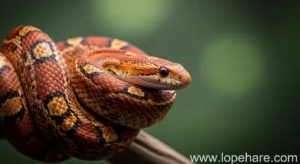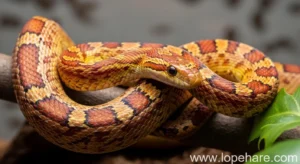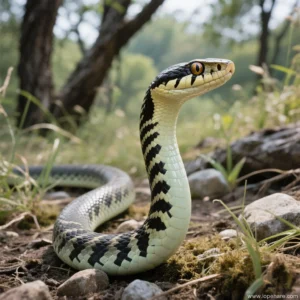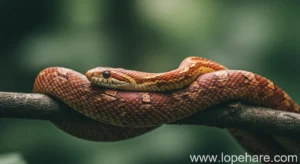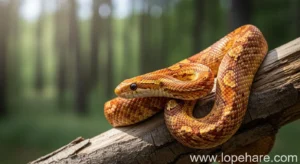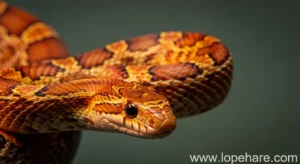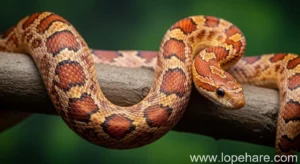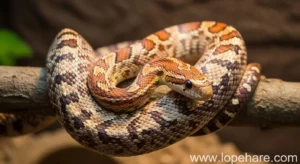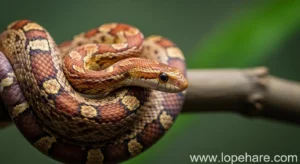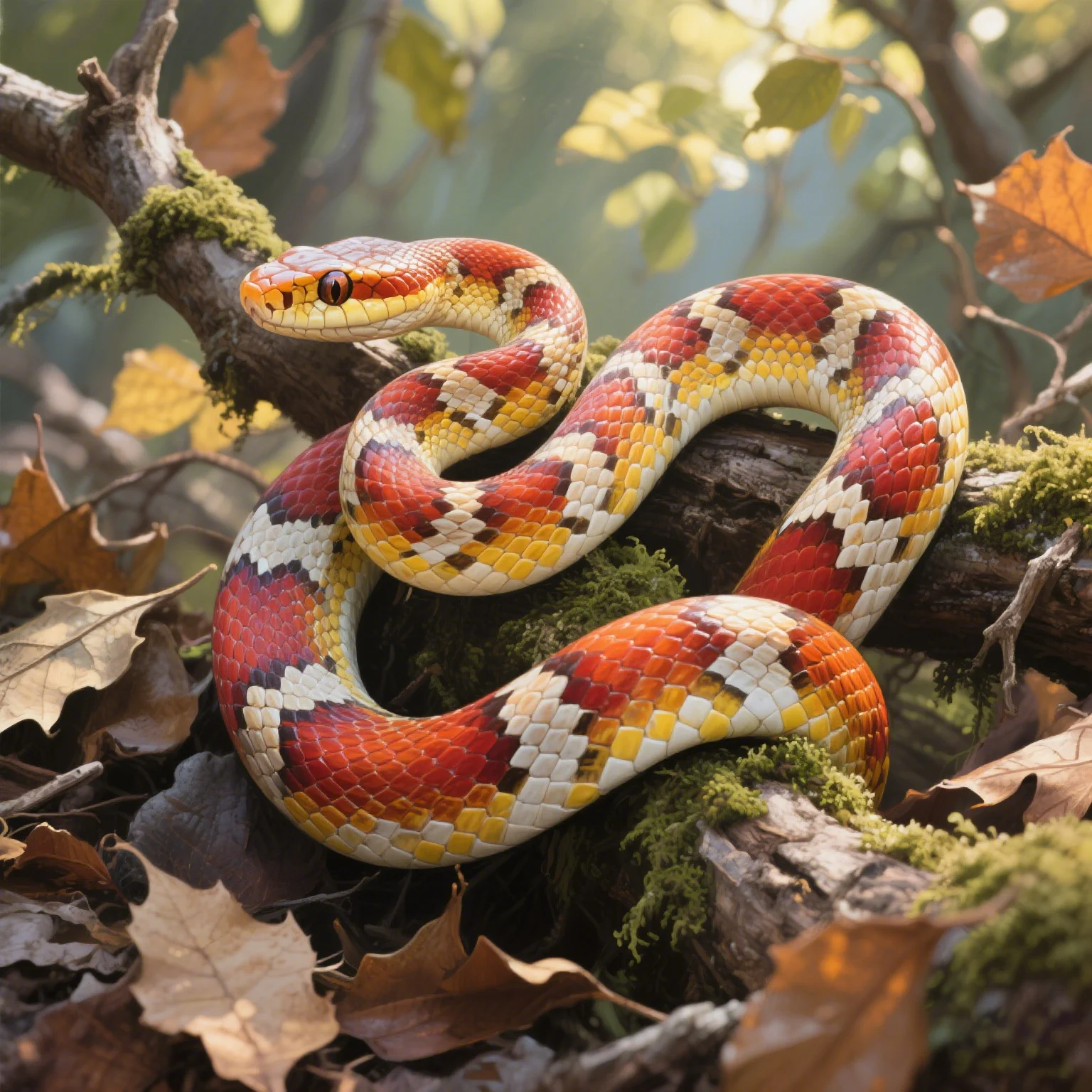
Reptile Husbandry
The Best Diet for Your Corn Snake: What to Feed and How Often
As part of our mission at lopehare to provide comprehensive and professional care information for exotic and specialized pets, we frequently get questions about feeding corn snakes. Corn snakes (Pantherophis guttatus) are popular pets due to their docile nature and beautiful patterns, but like all reptiles, they have specific dietary needs that must be met for their health and longevity. Providing the correct diet is arguably the single most important aspect of corn snake husbandry. Let’s dive into exactly what they need and how often they need it.
Understanding Your Corn Snake’s Dietary Needs
Corn snakes are constrictors and obligate carnivores, meaning they eat other animals and must consume whole prey to obtain all necessary nutrients. In the wild, their diet primarily consists of small rodents, birds, and occasionally eggs or lizards. In captivity, the goal is to mimic this natural diet as closely and safely as possible.
Feeding whole prey items is crucial because it provides a complete nutritional package: protein, fat, vitamins, minerals, and even roughage (from fur or feathers), which aids digestion. Unlike mammals or birds that might eat commercial kibble, reptiles like corn snakes rely on the entire prey item for their nutrient intake.
Choosing the Right Prey Type and Size
For captive corn snakes, the staple diet is typically rodents, specifically mice. These are readily available, relatively inexpensive, and offer balanced nutrition when sourced from reputable breeders. You can also offer appropriately sized feeder chicks as an occasional variation, but mice should form the bulk of the diet.
The critical factor is selecting the correct size of prey. A commonly accepted rule of thumb is that the prey item should be no wider than the widest part of the snake’s body. Feeding prey that is too large can cause regurgitation, injury, or severe health issues, including prolapse. Feeding prey that is too small won’t provide sufficient nutrition for growth and health.
Mice come in various sizes, generally referred to by stages: pinkies (newborn, no fur), fuzzies (some fur), hoppers (fully furred, starting to hop), adult mice, and then rats of increasing size. For a corn snake, you will typically progress through pinkies, fuzzies, hoppers, and potentially small adult mice as the snake grows. It’s essential to gauge the prey size by the snake’s girth, not just its length.
Establishing a Proper Feeding Schedule
One of the most common questions we encounter at lopehare is how often to feed a corn snake hatchling or an adult. The frequency of feeding depends directly on the snake’s age and size. Younger snakes need to eat more often because they are growing rapidly. Older, larger snakes have slower metabolisms and require less frequent meals.
Here is a general guideline for feeding frequency:
| Snake Age/Size | Prey Size (Mouse Stage) | Feeding Frequency |
|---|---|---|
| Hatchling (approx. <15″) | Pinky (1-2 grams) | Every 5-7 days |
| Juvenile (approx. 15″ – 25″) | Fuzzy to Hopper (3-7 grams) | Every 7 days |
| Sub-adult (approx. 25″ – 36″) | Hopper to Adult Mouse (7-15 grams) | Every 7-10 days |
| Adult (approx. >36″) | Adult Mouse (15-25+ grams) or occasionally slightly larger | Every 10-14 days |
This is just a guideline; monitor your individual snake’s body condition. A healthy corn snake should have a slightly rounded, triangular body shape. If they look too thin, consider slightly larger prey or slightly more frequent feedings (e.g., every 9 days instead of 14 for an adult), but never rush growth. If they look overweight (very rounded, folds when coiled), feed less often or slightly smaller prey.
Listen to Your Snake: Always allow your snake to fully digest its previous meal before offering another. You should not be able to easily see a bulge from the previous meal.
Frozen/Thawed vs. Live Prey: Safety First
At lopehare, we strongly advocate for feeding frozen/thawed rodents rather than live ones. There are several critical reasons for this:
- Safety: Live rodents, especially adult mice or rats, can fight back and inflict serious, sometimes fatal, injuries to a snake. Even a small scratch can become infected.
- Convenience: Frozen prey can be stored for long periods, whereas live prey requires ongoing care and feeding.
- Availability: Frozen prey is widely available from pet stores and online suppliers.
- Ethics: Many keepers consider frozen/thawed feeding more humane for both the snake and the prey animal.
To feed frozen/thawed prey, simply thaw the rodent completely in cool water, then warm it to roughly body temperature (around 95-100°F or 35-38°C) in warm water. Never use a microwave, as this can cause internal “hot spots” that can burn the snake. Use tongs to offer the prey, wiggling it gently to mimic live movement if needed to entice reluctant feeders. Once the snake strikes and begins constricting, you can usually release the tongs.
Hydration and Supplementation
Hydration for corn snakes is relatively straightforward compared to species like chameleons. They need a constant supply of fresh water in a sturdy bowl large enough for them to soak in if they choose, which can aid in shedding. Change the water daily or whenever it becomes soiled.
Regarding supplementation, corn snakes eating appropriately sized, whole prey items (primarily mice) generally do not require additional vitamin or mineral supplements. The prey item provides all the necessary nutrients, including calcium and Vitamin D3. This differs significantly from animals that eat plant matter or insectivorous diets. Excessive supplementation can actually be harmful, leading to conditions like hypervitaminosis D3.
However, if feeding a less common prey item like chicks, or if your snake has specific health issues under veterinary guidance, supplementation might be advised. Always consult with a qualified reptile veterinarian before adding supplements to your corn snake’s diet.
Avoiding Common Feeding Mistakes
Knowing what *not* to do is just as important as knowing what to do. Here are some common pitfalls to avoid:
- Feeding live prey: As mentioned, this is risky for the snake.
- Feeding prey that is too large: This is a frequent cause of regurgitation and stress. Regurgitation is very hard on a snake’s system and should be avoided. If your snake regurgitates, wait at least 10-14 days before offering a smaller meal.
- Handling after feeding: Do not handle your corn snake for at least 48-72 hours after it has eaten. Handling disrupts the digestive process and can lead to regurgitation.
- Overfeeding: Feeding too often or too large prey leads to obesity, which can cause liver problems and other health issues.
- Feeding in a separate container: While sometimes recommended to prevent substrate ingestion, moving the snake can cause stress. Most keepers successfully feed within the enclosure using tongs, ensuring substrate doesn’t stick to the prey. A small tile or plastic lid can be placed under the feeding spot if concerns persist.
Conclusion: A Cornerstone of Care
Providing a consistent, appropriate diet of frozen/thawed rodents is the cornerstone of healthy corn snake husbandry. It’s relatively simple once you understand the basics but requires diligence in selecting the right size prey and sticking to a proper feeding schedule based on age. At lopehare, we believe that understanding these fundamental needs empowers you to give your corn snake the best possible life. By focusing on correct prey size, frequency, and avoiding common mistakes, you ensure your beloved corn snake thrives for many years.
Further Reading: Understanding snake feeding behaviors and the specific needs of your best mouse size for corn snake ensures optimal health and prevents common issues like regurgitation.
Citation:
- “Serpent feeding.” Wikipedia, The Free Encyclopedia. Wikipedia, The Free Encyclopedia, 22 May 2024. Web. 28 May 2024. <https://en.wikipedia.org/wiki/Serpent_feeding>.
